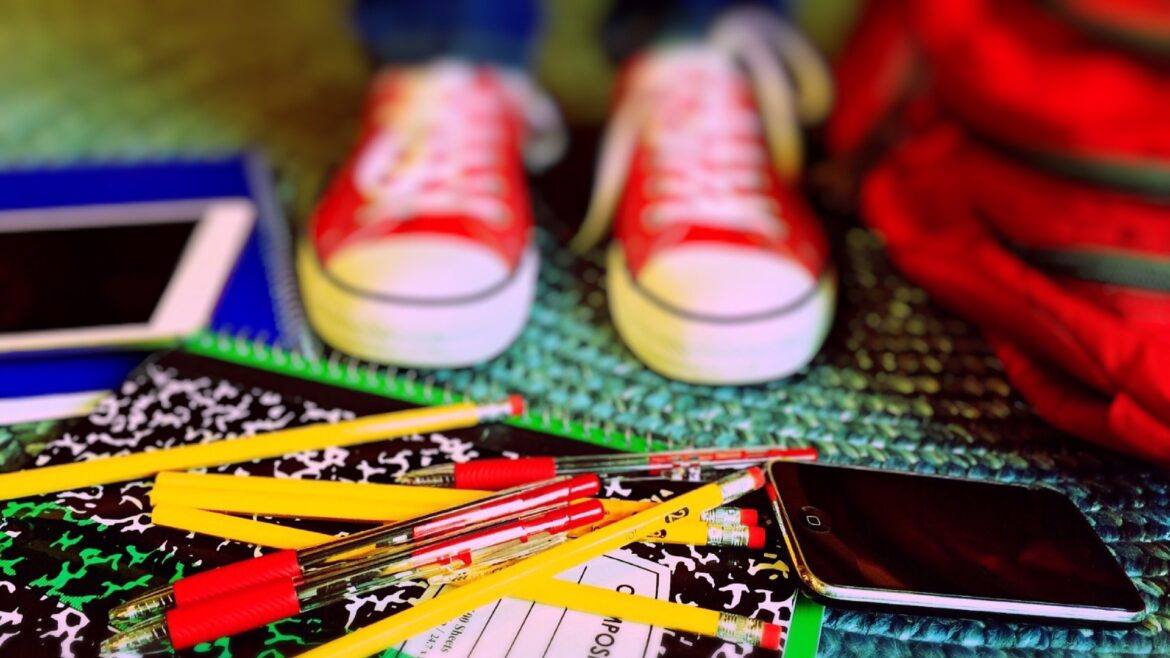What apps or tools can assist you and your students in tracking how fast you read? In this blog entry, we’ll extend our conversation on the use of repeated reading. In a previous blog entry, I focused on different ways to put in place repeated reading. Instead of the traditional go-in-the-corner-with-a-student, we can use technology.
Technology affords both teachers and students with infinite more opportunities to connect. In this blog entry, we’ll take a look at some ways to assess student fluency. But before we do that, let’s take a moment to review the repeated reading strategy.
Review of Repeated Reading Strategy
The repeated reading strategy, which enjoys an effect size of 0.75, involves:
Repeated reading is an academic practice that aims to increase oral reading fluency. … During repeated reading, a student sits in a quiet location with the teacher. The student then reads a passage (50 to 200 words) aloud at least three times. The teacher calculates reading fluency. She does so by calculating words correct per minute that the student has read.
If the student misreads a word or hesitates for longer than 5 seconds, the teacher reads the word aloud. Then, the student repeats the word the correct way. If the student requests help with a word, the teacher reads the word aloud or provides the definition. The student rereads the passage until he or she achieves a desired fluency level (source: What Works Clearinghouse).
Now that we’ve reviewed a few aspects of repeated reading, let’s take a look at how you can assess it.
Note: Curious about the norms for repeated reading? Use Hasbrouck and Tindal (2006) Oral Reading Fluency Norms from Grades 1-8. Find them online in this free set of graphs from Jen Strange.
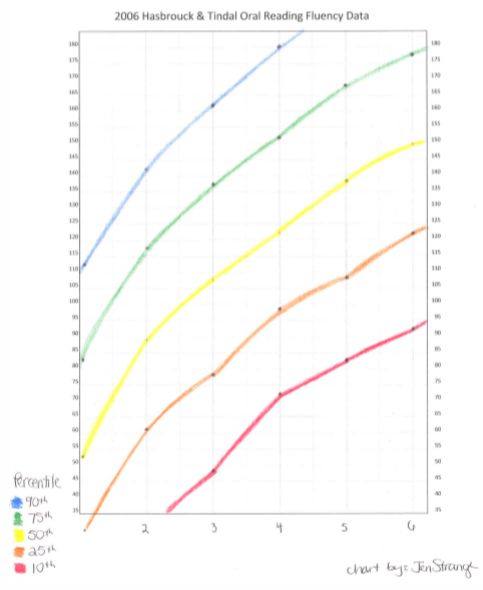
Assessing Repeated Reading
Ready to assess repeated reading? Providing this feedback to students can aid them in improving fluency.
Reading Rockets recommends one of the following approaches:
- One minute reading. In this approach, the student reads for one minute as the teacher counts the total number of words read in a correct way. Make a note of the Words Correct Per Minute (WCPM).
- Timed repeated readings. Like the previous approach, the student reads for one minute. He will do so several times (three to five times at least). The teacher counts WCPM for one minute. Graph results with a bar graph.
- Words Correct Per Minute (WCPM). The teacher chooses a package and then times the student as he reads it. You can find tracking sheets available online at no cost.
Many educators use this approach in the classroom. But they may not realize it’s high-effect size and positive impact on reading fluency.
Appifying Repeated Reading
Would you like to use technology with repeated reading assessments? While not required, it can make the job of tracking WCPM easier. These tools can automate scoring and save teachers time. Let’s explore a few.
App #1: One Minute Reader
First up, let’s take a look at Read Naturally’s One Minute Reader for iOS devices such as the iPad. From their website:
The One Minute Reader reading fluency app for the iPad accelerates reading achievement. It combines the research-proven components of teacher modeling, repeated reading, and progress monitoring. The reader works at his or her own pace in an appropriate level of material. This motivating app guides the reader through the steps. The reader masters a story by reading along with audio.
Then, the student practices the story until he or she can read it with fluency and comprehension. The program automatically tracks the reader’s progress. The reader can print or email the story, the Story Summary (results from the story), and/or the Book Summary (results from the whole book).
The cost of the app varies. You can start with a free version, then buy more with in-app purchases. In-app purchases will get you eight books of five stories each (40 stories in all). The cost for each set of 40 stories is about $20 each. The books are available for different grade levels. Demonstration videos are available online for you to view. Get the iOS app online via the website.
App #2: MAP Reading Fluency Testing
A second app, the MAP Reading Fluency Testing, enables teachers to efficiently measure oral reading fluency. Learn more about it in Five Things to Know about MAP Reading Fluency. It uses an “online, adaptive assessment via a twenty minute assessment.” You can see what results look like in this blog entry. McKinney ISD (Texas) is featured in a case study. Costs vary.

App #3: K12 Timed Reading and Comprehension Practice
With many features, this $3.99 iOS app offers over two hundred and fifty stories in fiction and non-fiction and includes a fluency timer that calculates word per minute for each reading attempt. You can also see summary charts and graphs.
Bonus Resources
The web is full of resources for teaching reading and assessing fluency. Two more tools you may or may not be familiar with include these, even though they are not apps:
Istation ISIP Oral Reading Fluency
Many educators will be familiar with this final tool. Istation’s Indicators of Progress (ISIP) Oral Reading Fluency tool is a computer-based tool. It records the voices of students for automated scoring. Or the teacher can later listen and score the audio. It requires a headset with a microphone connected to a computer or laptop. Learn more about technical requirements online. Cost varies on several factors, so you will need to contact Istation.
Fluency Practice Passages
Although not an app per se, the Fluency Practice Passages website organizes texts that you can use with your students. Each text comes with a lexile level. Students can read these for one minute each.
Ready to get going with repeated reading in your classroom? In part 1 of this repeated reading series, we discussed various tools you can use. In this second installment, you now have an easy way to use iOS apps to assess fluency.




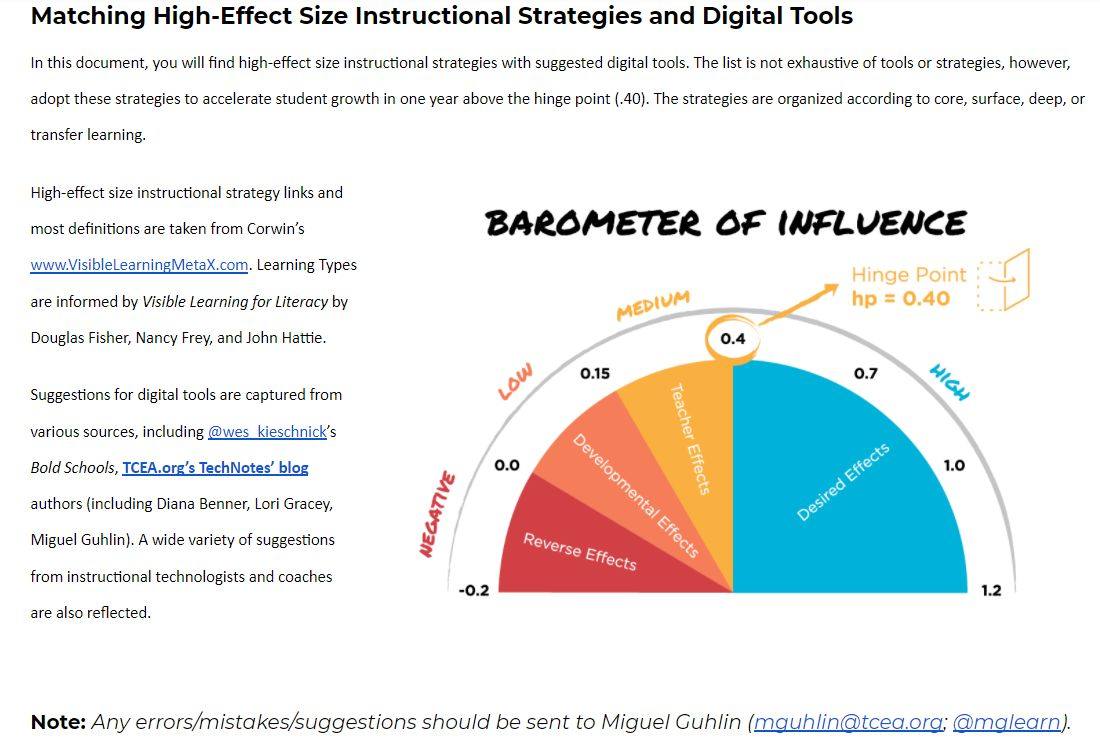
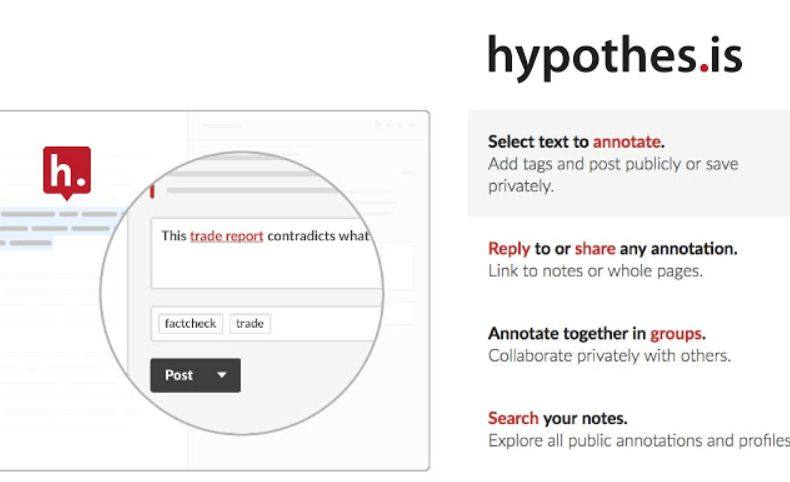
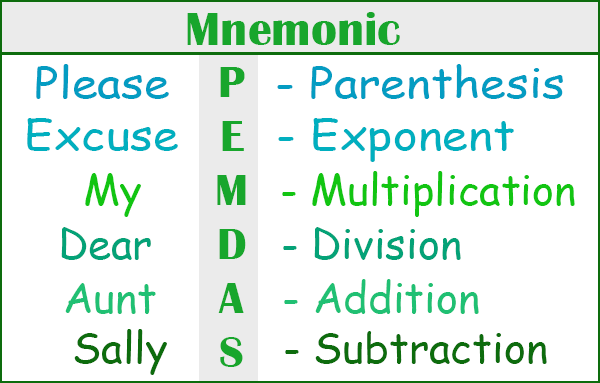

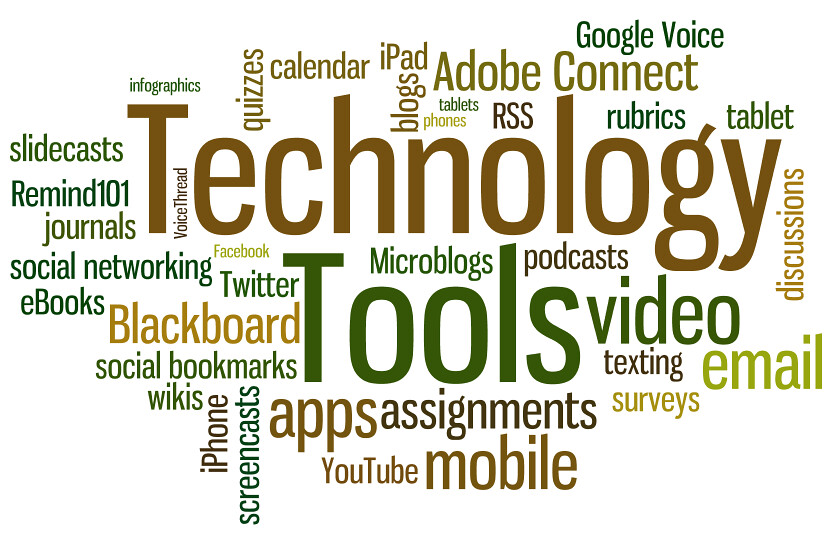
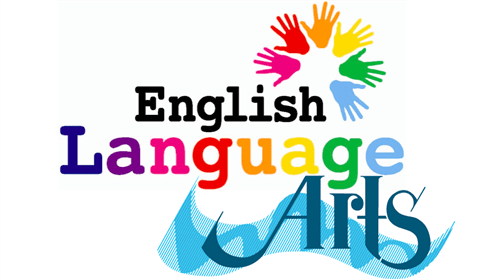

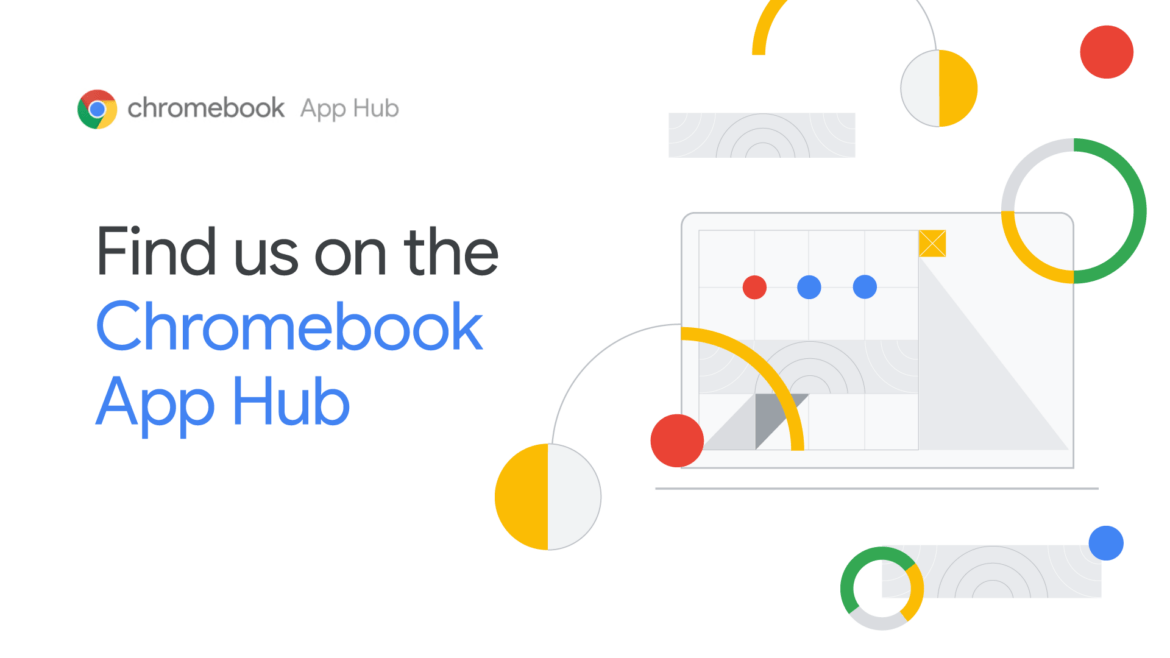
 The
The 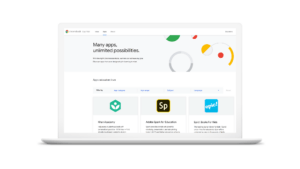 videos and games; Adobe will include its visual storytelling app Adobe Spark; and Khan Academy will bring its free library of lessons across subjects like math, grammar, science, history, standardized tests and more.
videos and games; Adobe will include its visual storytelling app Adobe Spark; and Khan Academy will bring its free library of lessons across subjects like math, grammar, science, history, standardized tests and more.


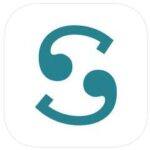
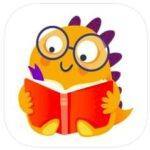 Read2Play
Read2Play
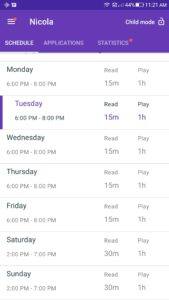
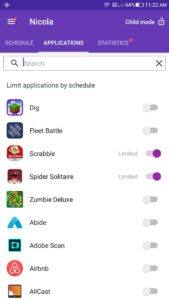
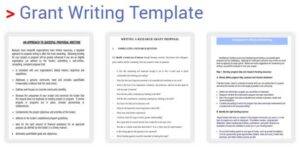 Writing Templates
Writing Templates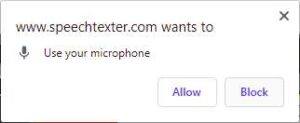
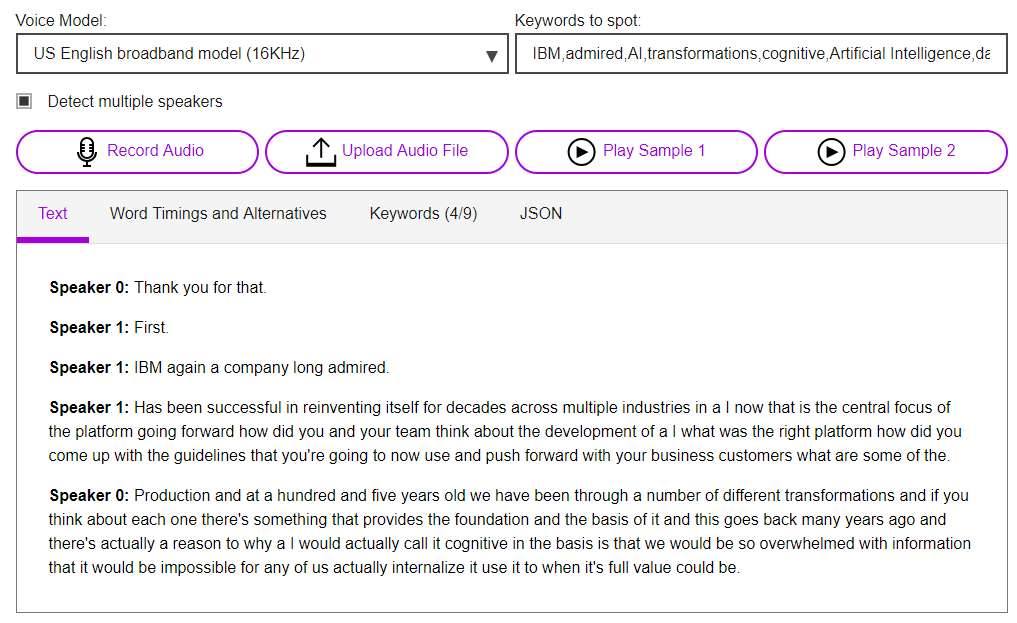

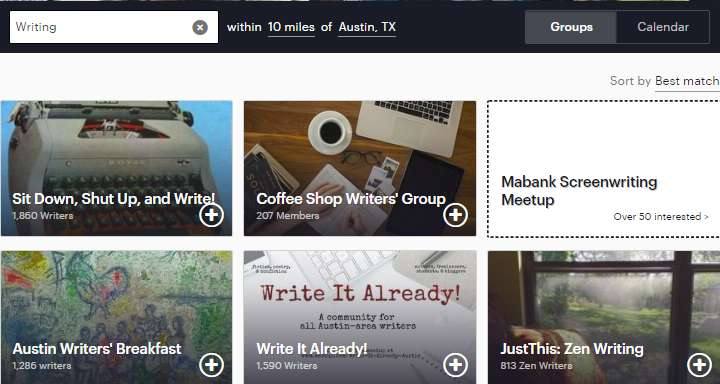





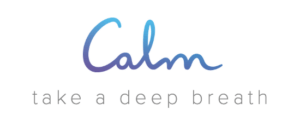
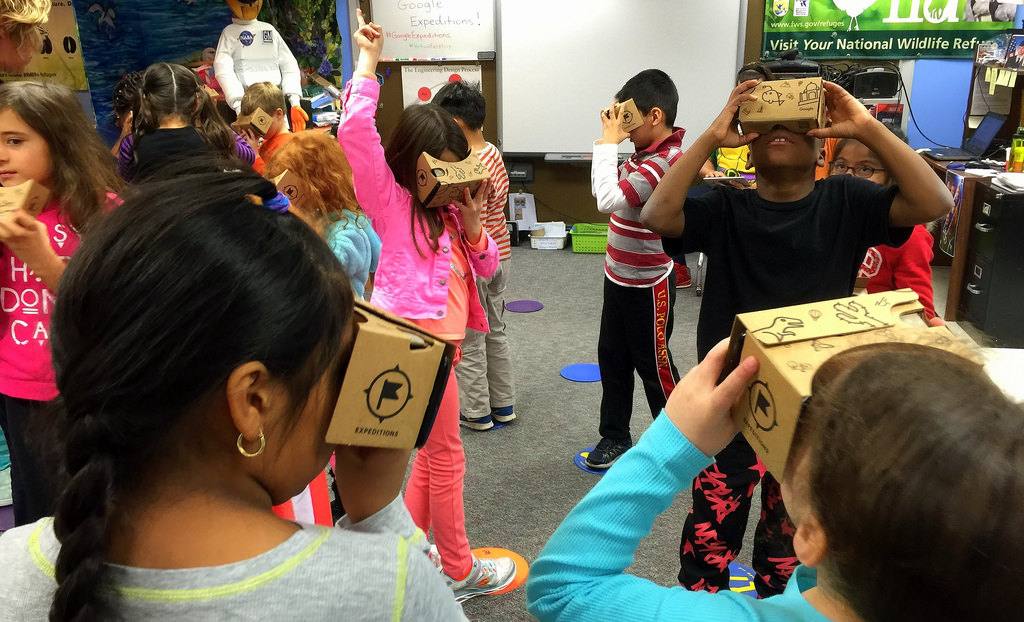
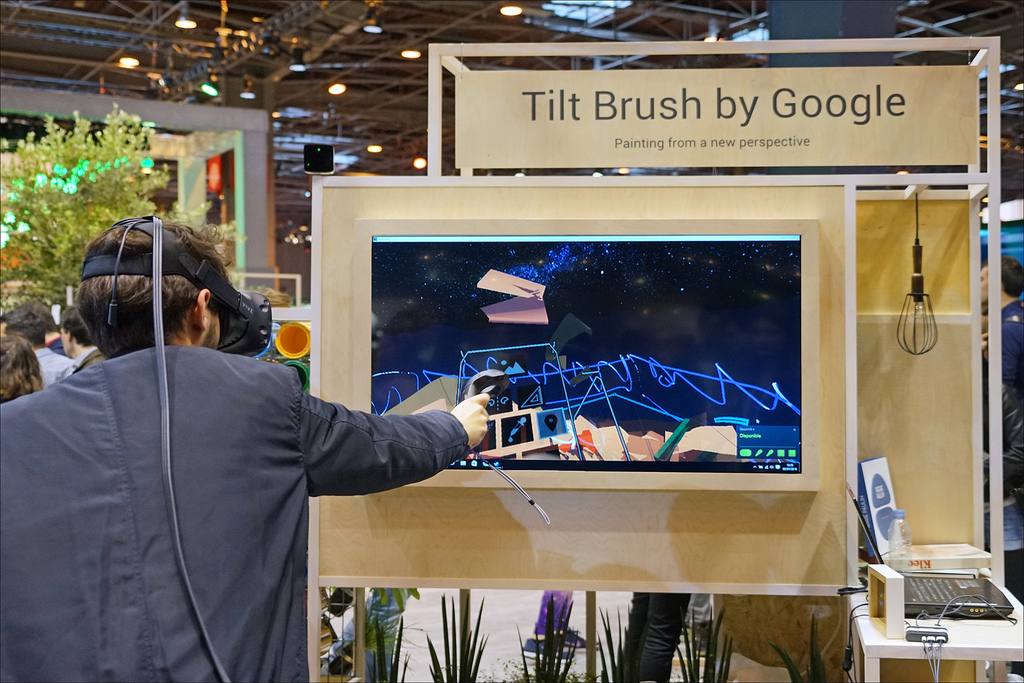
 Biology
Biology
